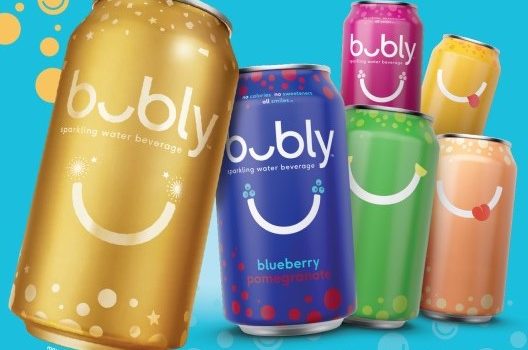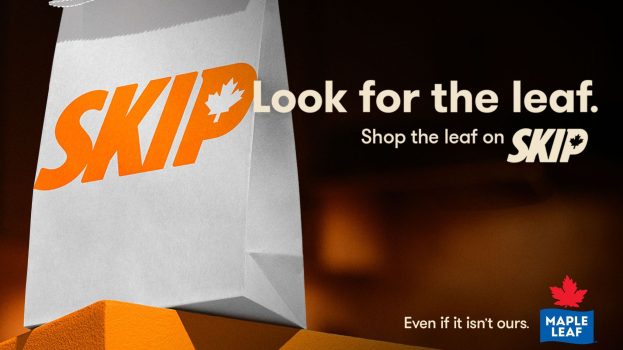With instant gratification on-the-go replaced by eating at home with nowhere-to-go, what does that mean for the future of snacking?
A new report from market research firm Euromonitor lays out key drivers for what it predicts will happen in the midterm and future, and outlines recommendations for moving forward during a “landmark year in the progression of online grocery.”
Because of COVID-19, many snackers have shopped the snaking category for the first time online and may continue to do so going forward. Euromonitor reports that the total ecommerce growth for snacks in 2020 will be more than double that in 2019, with in-store sales being relatively flat, if not dipping slightly.
Historically, snacking has been linked to urbanization, with its associated conveniences and meal replacements for busy people on the move. The two categories with the largest on-the-go share (and smallest pack size) are gum/mint and confectionary, but they are also the most at risk in the short-term with key consumer routines disrupted. Categories like snack bars, the fastest growing category in volume in 2019, have come “crashing down,” according to the report.
New retail models will force packaged snacks to innovate and adapt as checkouts (long seen as a crucial impulse zone for unplanned snack sales) are not as vital, nor are endcaps and other displays meant to drive impulse buys.
But smaller households and busy lifestyles are not going away. Younger generations show a strong preference for flexible mealtimes to fit their time pressed lifestyles, and the concept of three fixed meals at established times is becoming an increasingly distant memory.
This means snack brands need to adapt to the new realities of “impulse in an online world” and consumers who snack differently during a pandemic (see, below). As the lines between work and home life continue to blur, Euromonitor recommends rebuilding an impulse strategy for retail and workplace settings where there are fewer touchpoints for unplanned snacking.
For example, snack manufacturers have been experimenting with new direct to consumer (DTC) sites and partnerships with local delivery services. Euromonitor’s report mentions Lindt, which earlier this year had to temporarily shutter its stores nationwide, pivoting to a Shopify partnership.
Without ecommerce functionality, the company had a large inventory of chocolate but was able to set up an online store in five days and enable curbside pickup. Lindt has since bolstered its DTC site with recipes, gifts, craft and décor ideas, as well as delivery options for the holiday season. Lindt also recently did an experiential partnership with Baileys, as part of a “Treat Kits” food truck giveaway that included a mini bottle of Baileys, Lindt Truffles and a recipe card.
Brands like Mondelez have also pivoted to online-exclusive SKUs and larger pack sizes to accommodate home consumption. New approaches to search engine optimization – not just on Google, but on retailer and social media platforms as well – can imitate the impulse buy aisle.
For example, when it launched in the fall of 2019, plant-based challenger supplement snack bar Iron Vegan bolstered its in-store creative and consumer-facing vegan cooking classes with search engine marketing to further call out its protein-rich value proposition.
Snack brands have been dependent on line extensions, and new flavour offerings, licensing deals and seasonal packaging have played a key role in keeping categories fresh for consumers. While there have been some new product launches this year, the number of SKUs available right now remains far less than pre-pandemic levels, after companies focused on their core, top-performing SKUs to be able to maintain their supply chains.
According to Euromonitor, the holiday season presents opportunities for premium gifting in snacks. But that opportunity could be even stronger during social distancing: as people look for different ways to express gratitude, appreciation or affection at a time when they are unable to visit in person, premium confectionery can fill a void, as evidenced by chocolate’s category gains during the pandemic.
Prioritizing health preceded the pandemic, but it has also been amplified by it, and healthy snacks will gain further traction as people prioritize their health in response to the virus, according to the report. Globally, immune system health claims make up a tiny fraction of total SKUs in snacks. While more trendy options like gluten-free or organic comprise a much larger share of total snack offerings today, immune system health claims are well-positioned for growth with future innovation on this front. Immunity support can join portability, sugar reduction, satiety and energy boosting as a functional snacking frontier.


























